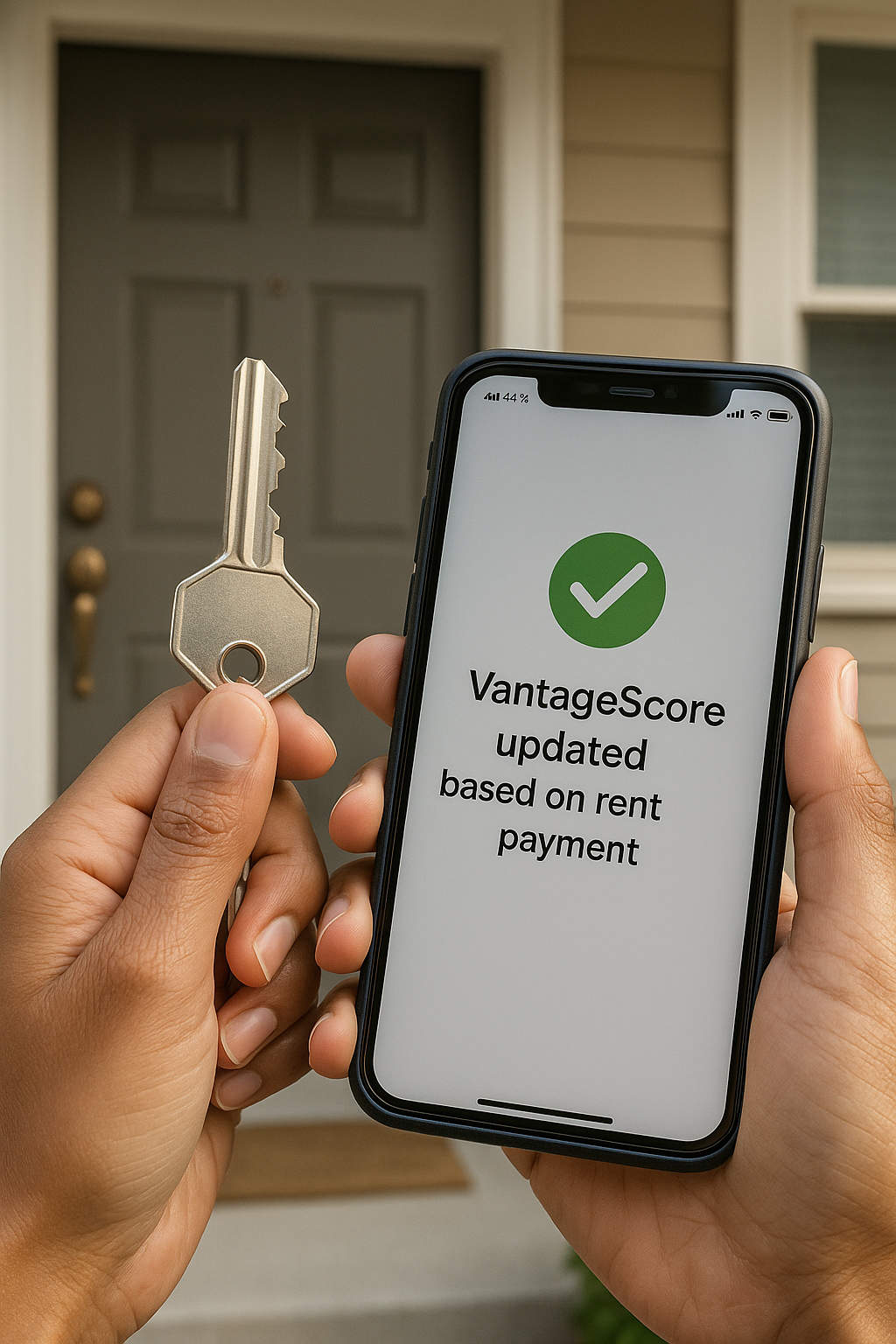
For us, the young, ambitious Latino generation in the U.S., a car is often more than just transportation: it’s a symbol of independence, a tool for professional growth, and the essential link to family and opportunity in this country. It’s a huge financial step, second only to a home purchase for many of our families (UnidosUS).
This purchase is a major milestone, but it comes with a unique set of challenges we need to face head-on. As a community, we need to be extra savvy when dealing with dealerships and financing, especially since reports show that Black and Hispanic borrowers pay more in dealer markups on auto loans, on average, than non-Hispanic White borrowers (Federal Reserve Bank of Chicago).
So, let’s get you on the road smartly. Here is our essential game plan for buying your first car in the U.S.
1. Master the $20/$4/10% Rule: Your Budgeting Anchor
Before you step onto a lot or click on an online listing, we need a clear financial boundary. The $20/$4/10% Rule is a widely accepted financial guideline in the U.S. that helps prevent you from becoming “car-poor.”
- 20% Down Payment: Aim to put at least 20% of the car’s purchase price down upfront. Why? A larger down payment immediately reduces the loan amount, saving you money on interest over time and providing a cushion against depreciation.
- 4-Year Loan Term: Keep your loan term to four years (48 months) or less. While a longer term (like five or six years) may offer a lower monthly payment, you’ll pay significantly more in total interest.
- 10% of Monthly Income: Your total monthly car payment (including principal and interest) should not exceed 10% of your gross (pre-tax) monthly income. This protects your cash flow for other crucial financial goals, like rent, student loans, or building up your savings.
Why this is crucial for us: Many in our community prioritize sending money to family or have lower starting salaries. Sticking to a strict budget ensures your first major loan doesn’t become a burden on your current financial stability or future goals.
2. Know the Difference: Auto Credit vs. Regular Credit
When you apply for a car loan, lenders look at your credit profile, but they often use a specialized scoring model (an auto-enhanced credit score) specifically for vehicle financing.
- Regular FICO Score: This is what most people talk about. It measures your history with credit cards, mortgages, and personal loans.
- Auto-Enhanced Score: This score focuses heavily on your past performance with auto loans or leases. If you’ve never had an auto loan, your regular FICO score will be the main factor.
The Latino Credit Reality: Historically, Latinos in the U.S. have higher rates of using credit cards and car loans as their primary forms of credit, rather than home debt (USAFacts). This means a strong, clean history with credit cards is your best tool right now. Build that credit early and pay it on time, every time, to secure the best interest rate on your first auto loan.
3. New vs. Used: Match the Vehicle to Your Life
The choice between a new and a used car is a personal financial decision that depends entirely on your needs and budget.
- New Cars (Pros & Cons): They come with the latest safety features, a full manufacturer’s warranty, and the peace of mind of being the first owner. However, they suffer from rapid depreciation: a new car can lose 20% or more of its value within the first year of ownership.
- Used Cars (Pros & Cons): They offer significant savings because the previous owner absorbed the biggest hit of depreciation. For a first-time buyer with a tighter budget, a used car often allows you to buy a more reliable, safer model than a new one in the same price range. According to a 2024 report, Hispanic consumers, driven by affordability, show a heightened interest in used vehicles (Mintel).
Smart Shopping for Used:
- Check the Vehicle History: Always get a history report (like CARFAX) to check for accidents, title issues, and maintenance records.
- Get a Pre-Purchase Inspection (PPI): Pay an independent mechanic (not one affiliated with the seller) to inspect the car. This small investment can save you thousands in future repairs.
4. The Hidden Costs: Insurance, Gas, and Maintenance
Remember to budget for more than just the monthly payment. Transportation is the second-largest household expense in the U.S. after housing (UnidosUS).
The average annual costs for a young driver in the U.S. can include:
- Insurance: Around $2,000 annually for a young driver.
- Gas: Roughly $3,000 a year.
- Maintenance & Repairs: About $1,452 a year for routine services (Bank of America).
Get quotes for insurance before you buy the car, as the vehicle model, safety features, and your driving record will heavily influence the cost.
Summary: Drive Confidentemente, Familia
Buying your first car is an important investment in your U.S. journey. By following the 20/$4/10% Rule, understanding how auto credit works, and thoroughly researching whether new or used fits your life, we can ensure that this milestone is one of empowerment, not financial stress. We are a community that knows the value of hard work, and by applying that same discipline to your research and budget, you will drive away with confidence.
👉 Ask Gabi anything, anytime.
Stay tuned! We got you!







